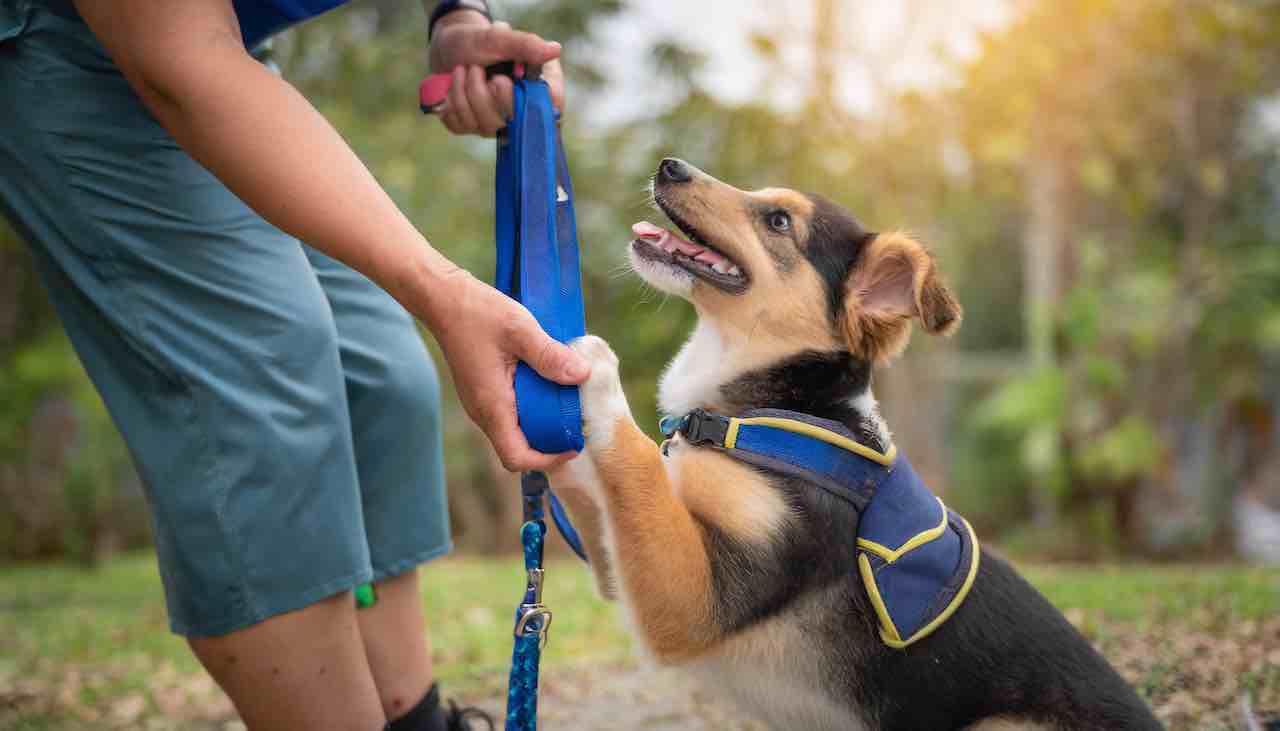The Journey of Service Dog Training
Have you wondered about what it takes to prepare a dog to be a service dog?
Prepare to embark on a heartwarming journey into the world of service dog training, where furry companions transform into skilled professionals, dedicated to assisting individuals with disabilities. Discover the rigorous process that guide dogs for the visually impaired and mobility assistance dogs undergo, ensuring they become not just loyal friends but invaluable lifelines for those in need.
-
Puppyhood Begins: The Foundation of Future Assistance
Service dog training often begins during puppyhood, as young pups enter specialized training programs. These programs focus on fostering socialization, basic obedience, and a calm demeanor, laying the foundation for the crucial tasks they will undertake in the future.
-
Basic Obedience: Mastering the Fundamentals
Service dogs undergo extensive training in basic obedience commands such as sit, stay, and come. These commands form the backbone of their ability to assist individuals with disabilities, providing a solid groundwork for more advanced tasks.
-
Socialization Skills: Navigating Diverse Environments
Exposing service dogs to various environments, sounds, and scenarios is crucial for their future roles. Socialization training ensures they remain calm and focused in a wide range of situations, from bustling city streets to serene countryside settings.
-
Specialized Training Tracks: Tailoring Skills to Needs
As service dogs progress in their training, they branch into specialized tracks based on the type of assistance they will provide. For guide dogs, this includes learning how to navigate obstacles, assess traffic, and guide individuals safely. Mobility assistance dogs are trained to support tasks like retrieving items, opening doors, and providing stability.
-
Task Training for Guide Dogs: Guiding with Precision
Guide dogs for the visually impaired undergo intensive task training, including learning to guide their handlers around obstacles, recognize landmarks, and safely navigate street crossings. This meticulous training ensures they become the trusted eyes for those with visual impairments.
-
Task Training for Mobility Assistance Dogs: Supporting Independence
Mobility assistance dogs are trained to perform a variety of tasks to enhance the independence of individuals with mobility challenges. This may involve retrieving dropped items, opening doors, turning lights on and off, and even assisting with balance and stability.
-
Advanced Skills: Fine-tuning for Precision
Service dogs undergo advanced training to fine-tune their skills and ensure precision in their assistance tasks. This includes refining their ability to respond to specific commands, adapting to individual needs, and maintaining focus in diverse and sometimes challenging environments.
-
Public Access Training: Navigating Public Spaces
Service dogs must be comfortable and well-behaved in public spaces. Public access training teaches them how to behave in crowded areas, ride public transportation, and maintain composure in various settings, ensuring they can seamlessly accompany their handlers wherever they go.
-
Graduation and Placement: Partnerships Forged
After completing their extensive training, service dogs graduate and are carefully matched with individuals who have disabilities. The matching process takes into account the specific needs and lifestyle of the individual, creating partnerships that go beyond functional assistance to genuine companionship.
-
Lifelong Companionship: Beyond Assistance
Service dogs not only provide vital assistance to individuals with disabilities but also become lifelong companions, offering emotional support and unwavering loyalty. The bond forged during training grows into a partnership built on trust, understanding, and shared experiences.
Service dog training is a testament to the incredible capabilities of these four-legged heroes and their trainers. From puppyhood to graduation, each step in the training process contributes to the transformation of a loyal pup into a skilled professional, ready to make a significant impact on the lives of those in need. The journey of service dog training is not just about mastering tasks; it’s about creating partnerships that bring independence, joy, and newfound possibilities to individuals facing daily challenges.





































